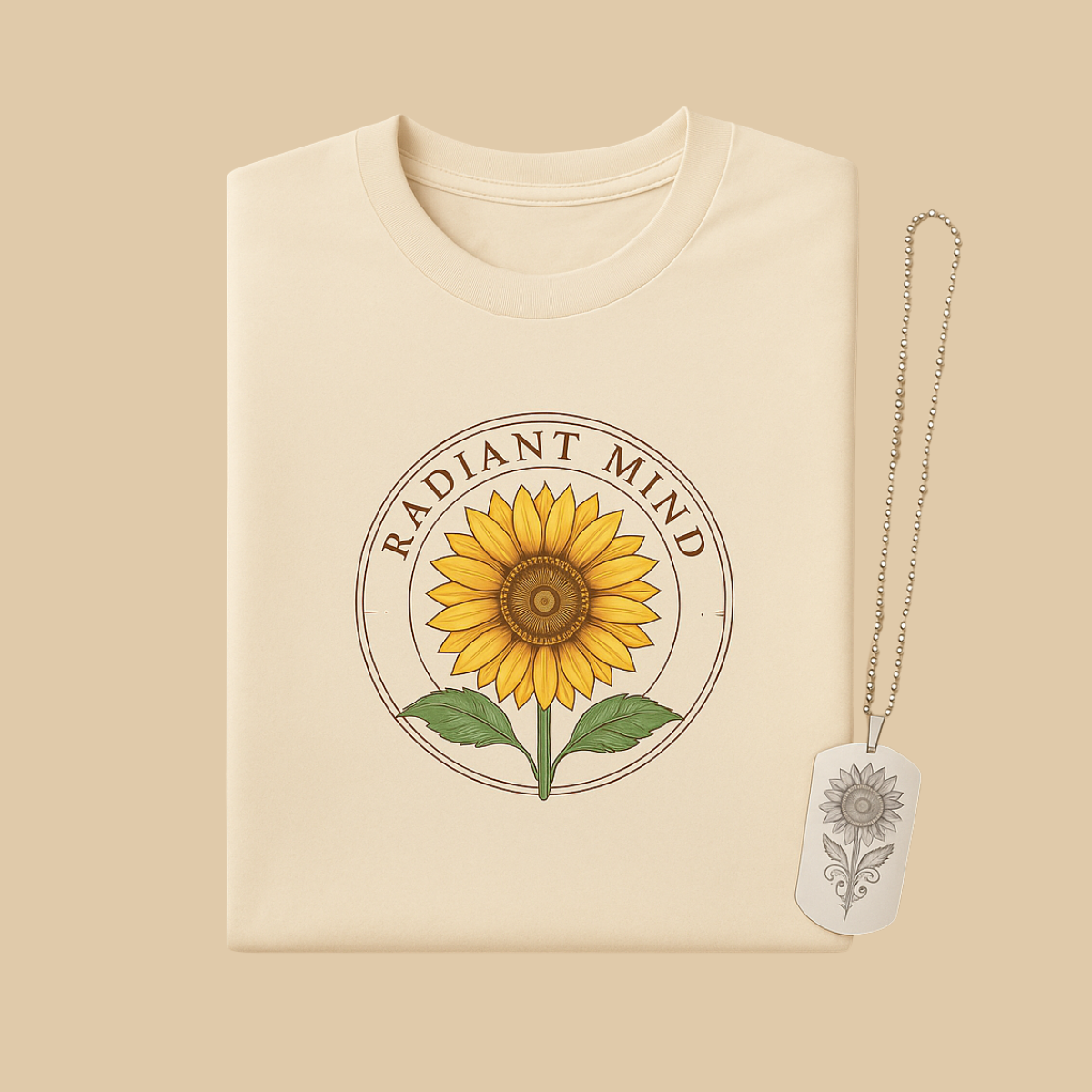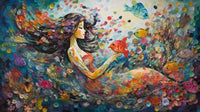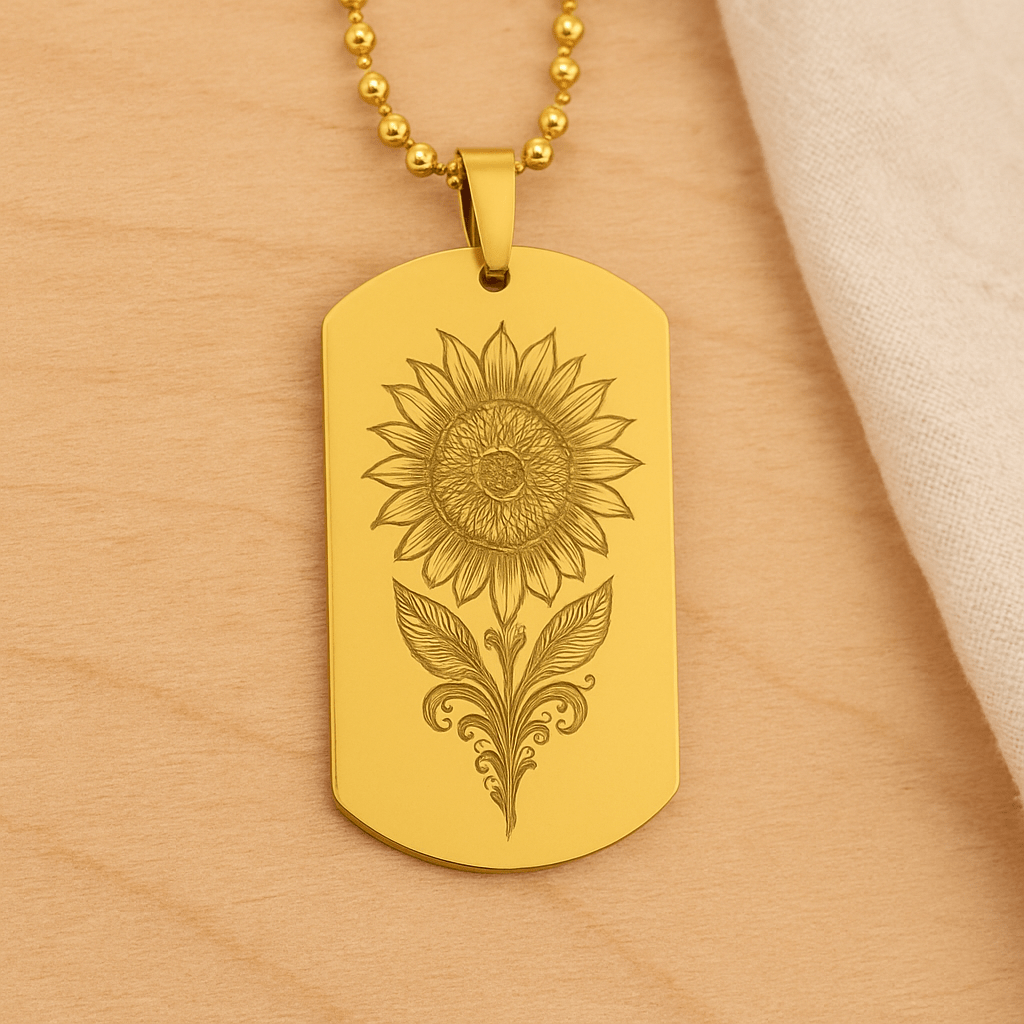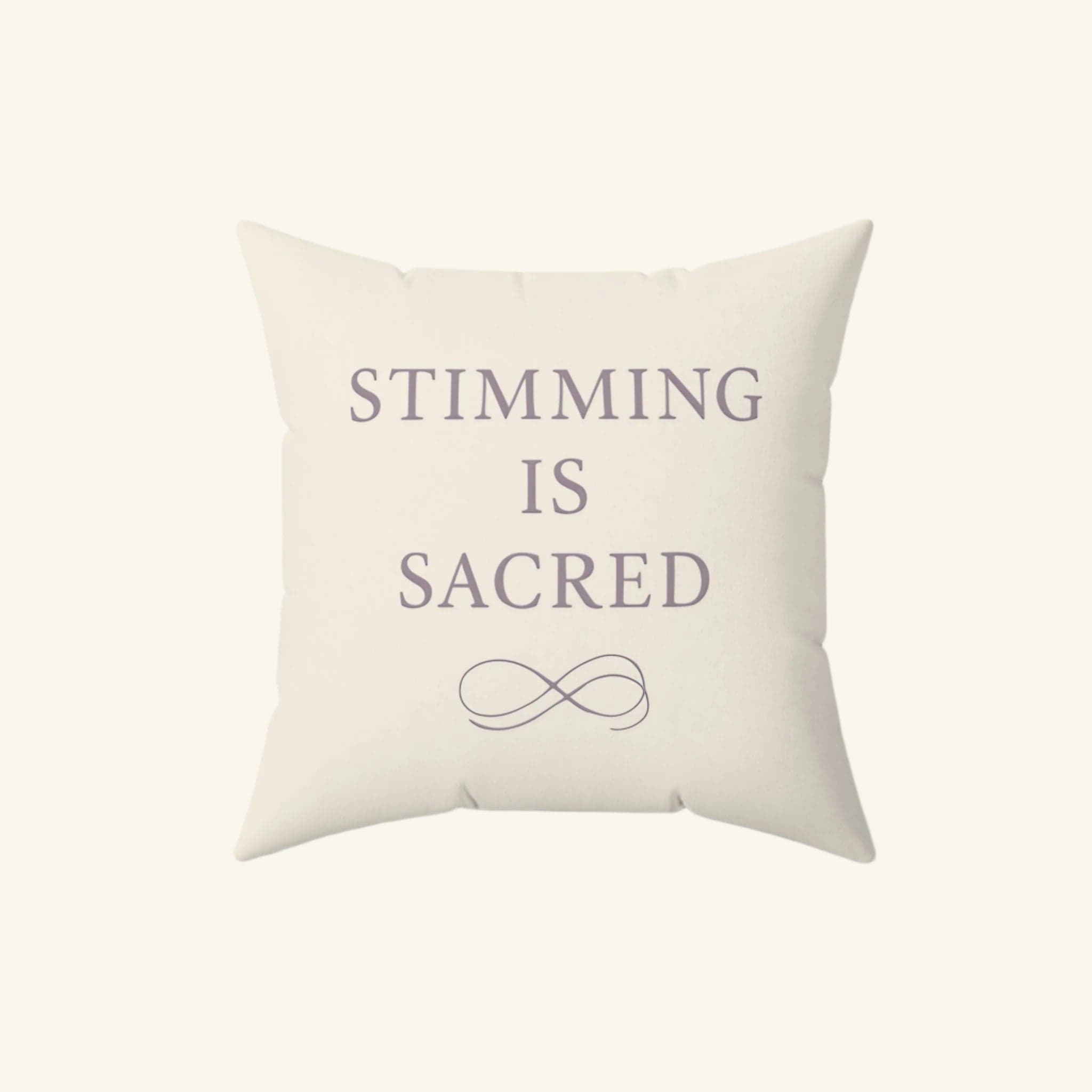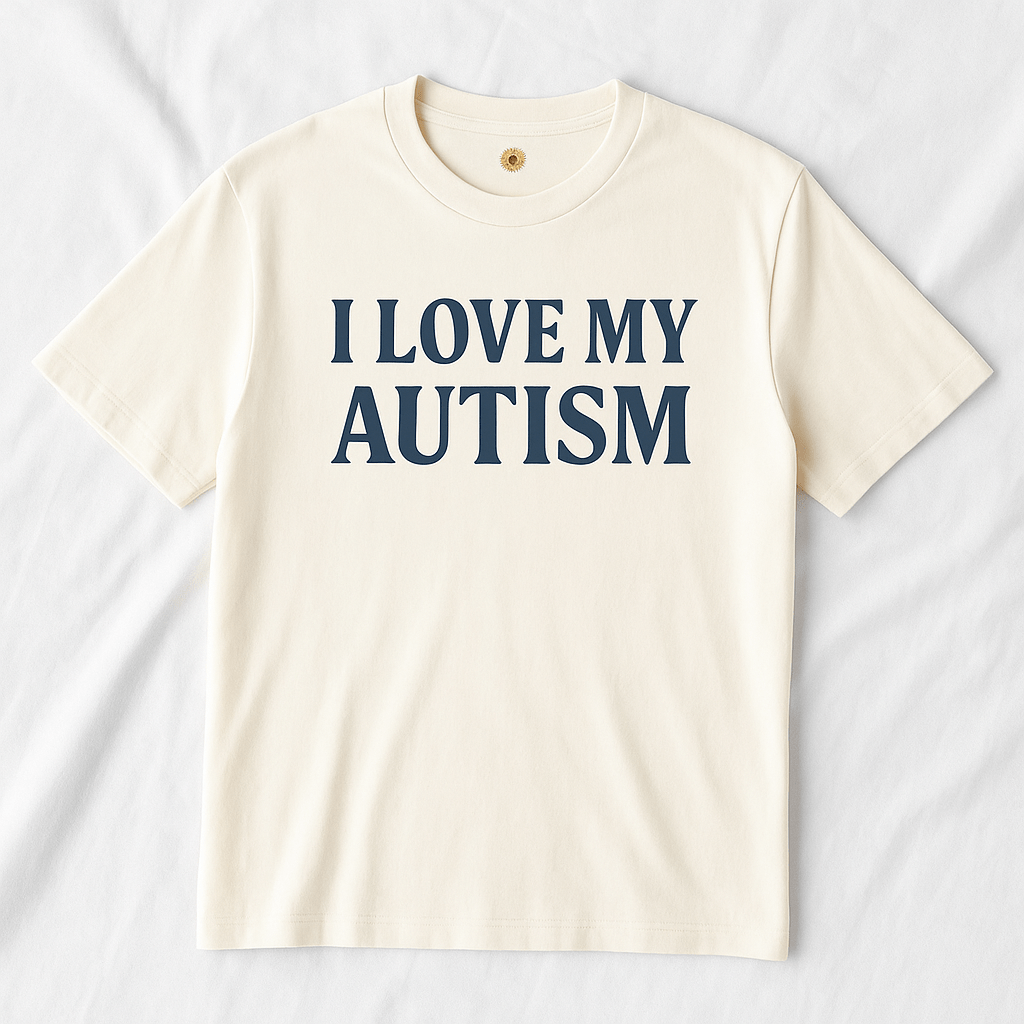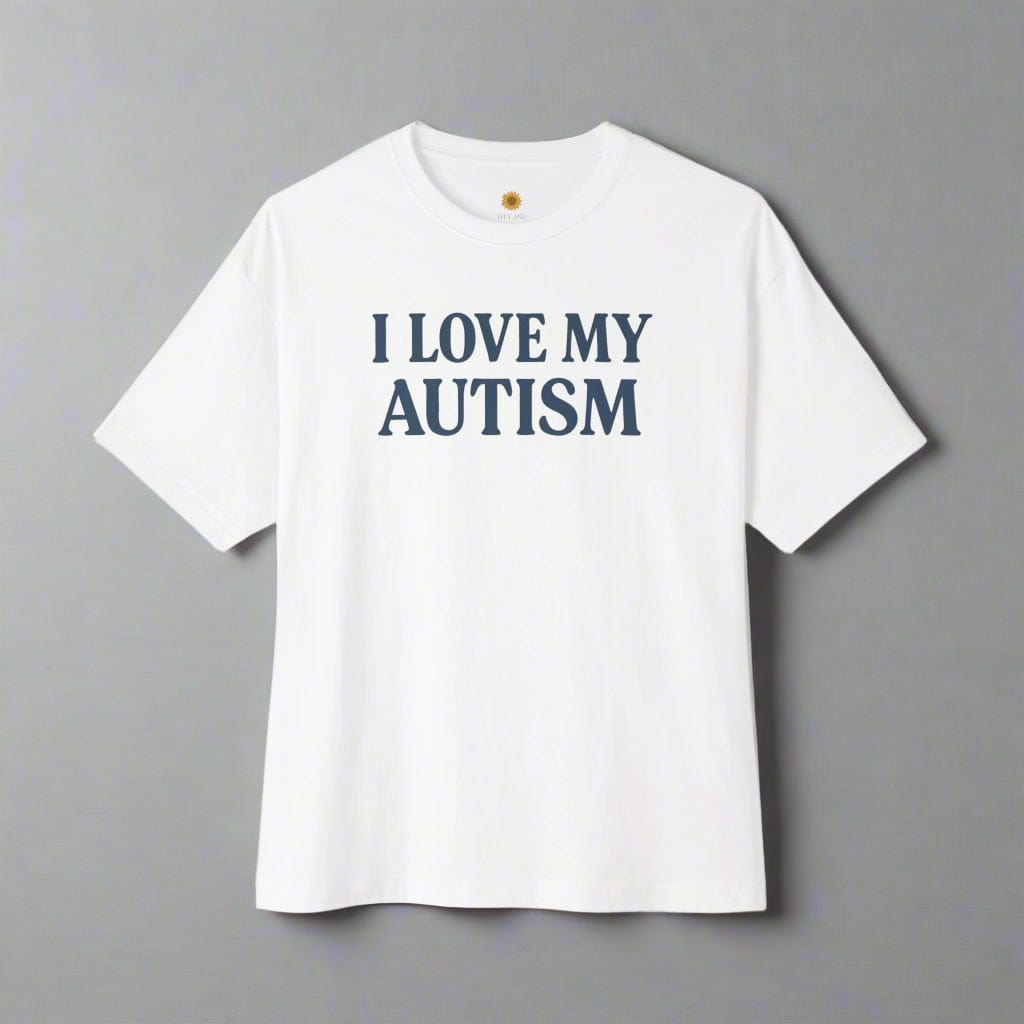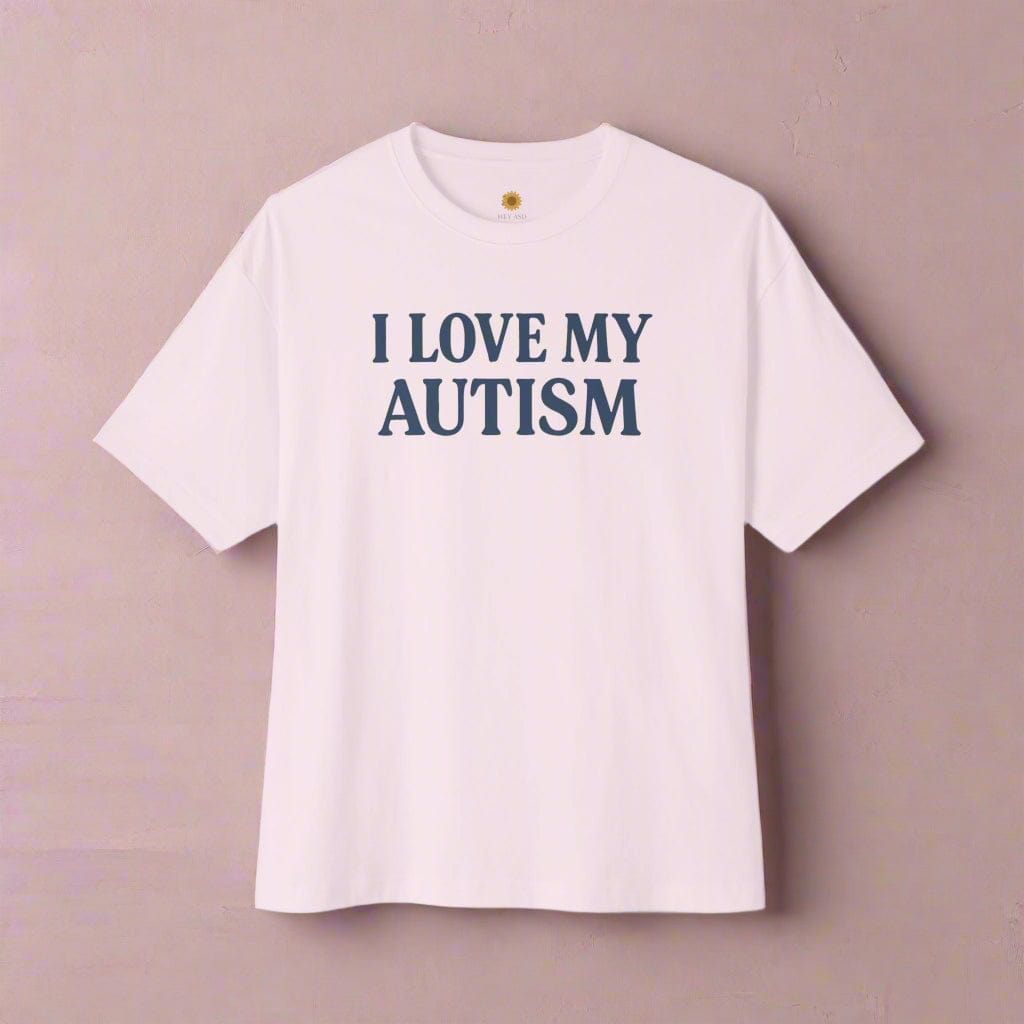Is Shrek Autistic? Why So Many of Us See Ourselves in the Beloved Ogre

Written by the HeyASD Editorial Team
He lives alone in a swamp, hates being misunderstood, and values honesty over social niceties. For many autistic adults, the character Shrek from the movie Shrek isn’t just part of a fairy tale — he feels like one of us.
This connection isn’t about diagnosing a fictional character. Instead, it’s about the powerful way his story resonates with our own experiences. Shrek’s journey teaches us about navigating a world that wasn't built for us, setting boundaries, and finding belonging on our own terms.
Why So Many See Shrek With Autism — Traits and Relatability
When you watch the character Shrek, do you see parts of yourself reflected in the misunderstood ogre? You are not alone. Many autistic people recognize patterns in his behavior and personality that feel incredibly familiar, breaking down old stereotypes about what it means to be different.
While we can’t diagnose a fictional character, exploring these shared traits helps us understand our own experiences better. Shrek’s journey provides a comforting and validating lens through which we can view our own lives, finding strength in his quiet resilience. The following sections explore some of the specific traits that resonate so deeply.
Recognizing Autistic Traits in Shrek’s Character
The character Shrek displays many traits that autistic people connect with. He isn't just a grumpy ogre; his actions and preferences paint a picture of someone navigating a world that constantly misunderstands him. These traits go beyond surface-level stereotypes and touch on the core of the lived autistic experience.
Many of us see our own needs and communication styles reflected in him. For example, his life in the swamp isn't just about being an outcast; it's about having a safe, controlled environment away from the overwhelming noise and social demands of the outside world. This need for a quiet space to decompress is a daily reality for many autistic people.
Some of the most relatable traits include:
-
A preference for solitude: He is happiest alone in his swamp, a low-sensory environment where he can be himself.
-
Direct and literal communication: Shrek says what he means, often bluntly, which others misinterpret as rudeness.
-
A strong sense of justice: He travels to Lord Farquaad not for adventure, but because his home was unfairly taken.
-
Deep empathy expressed through action: He may not use comforting words, but he repeatedly risks his life for Donkey and Princess Fiona.
Why Donkey and Other Characters Also Resonate With Neurodivergent Audiences
While Shrek’s autistic-coded traits are central, he isn't the only character in the movie Shrek that resonates with neurodivergent people. His loyal companion, Donkey, is often seen by viewers as a reflection of ADHD (Attention-Deficit/Hyperactivity Disorder). Donkey is energetic, highly talkative, and seeks connection with an intensity that Shrek initially finds overwhelming.
This dynamic between Shrek and Donkey beautifully illustrates how different forms of neurodivergence can interact. Where Shrek is reserved and needs space, Donkey is expressive and craves social interaction. Their eventual friendship shows that these differences aren’t barriers to connection; they just require mutual understanding and acceptance. Their bond is a testament to finding friends who complement your own neurotype.
Beyond the main duo, the entire group of banished fairy tale creatures speaks to the experience of being "othered." They were forced out of their homes simply for being different, a feeling many neurodivergent people know all too well. Their collective search for a place to belong is a powerful theme that runs through the entire story.
Shrek as a Symbol for Autistic Self-Acceptance and Belonging
Shrek's story is more than just a fairy tale; it’s a powerful metaphor for the journey toward autistic self-acceptance. The character Shrek begins his story isolated and believing the world's negative view of him. He thinks he is meant to be alone and unloved, a feeling that many of us have contended with.
His path from a self-loathing outcast to a beloved hero is a powerful lesson in self-worth and belonging. Shrek teaches us that true acceptance doesn’t come from changing who you are to fit in. It comes from finding the people who love you for your authentic self, layers and all. This journey is at the heart of what autistic pride is all about.
Shrek’s Journey: From Masking to Proud Self-Expression
One of the most profound connections between Shrek’s story and the autistic experience is the concept of masking. When we first meet the character Shrek, he puts on a scary, intimidating front to keep people away. This isn't his true self; it's a protective shield, or a mask, built from years of being feared and rejected. He assumes Donkey will hurt him because others have in the past.
His journey with Donkey and Princess Fiona is a process of unmasking. He slowly lets his guard down, revealing the kind, sensitive, and loyal ogre underneath. He learns that it's safe to be vulnerable with people who truly care. Donkey’s persistence and Fiona’s acceptance give him the space to finally be authentic without fear of judgment.
Shrek’s famous line, "Better out than in, I always say!" can be seen as a perfect metaphor for unmasking and authentic expression, including stimming. Holding back your true self is exhausting and painful. Letting it out—whether it’s your true feelings, your unique interests, or your natural way of being—is where real freedom and connection begin.
How Shrek Inspires Autistic Identity, Community, and Pride
Seeing ourselves in a character as beloved as Shrek does more than just make us feel understood; it actively inspires autistic pride. For so long, the traits that make us who we are have been framed as deficits. Shrek’s story helps us reclaim them as strengths.
The movie Shrek provides a powerful framework for building a proud autistic identity. It shows us that community is not about finding people who are just like everyone else, but about finding people who accept you as you are. This is the foundation of the autistic community, a space where we can unmask and be our true selves.
This inspiration manifests in many ways:
-
Reclaiming Labels: Just as Shrek embraces being an ogre, we can embrace our autistic identity with pride, rejecting any shame society tried to place on us.
-
Finding Your People: Shrek finds his family in a talking donkey and a princess who is also an ogre. It’s a reminder that our community might be unconventional, but it’s real and it’s ours.
-
Expressing Identity: This pride is often expressed outwardly. People share memes, create art, and wear items like autism t-shirts or autism hoodies to celebrate who they are, turning a symbol like Shrek into a statement of self-love.
Shrek in Pop Culture and Neurodivergent Representation
Shrek is a prime example of what is often called "autistic-coded" representation in pop culture. This means that while the character was not explicitly written as autistic, his traits, struggles, and journey align so closely with the neurodivergent experience that many people see themselves in him. This form of accidental representation is incredibly meaningful.
In a media landscape where explicit autistic representation is still rare and often stereotypical, coded characters offer a lifeline. They provide validation and help us feel less alone in our experiences. The widespread embrace of Shrek within the autistic community highlights the deep need for stories that reflect our reality, even if unintentionally.
Other characters that can be seen as autistic-coded include Ariel from the Little Mermaid, and Elphaba from Wicked the movie and book series.
How Shrek and Neurodivergence Are Discussed in Online Communities
Online communities have become a vital space for discussing the connection between Shrek and neurodivergence. On platforms like TikTok, Reddit, and Twitter, autistic people use the hashtag #ActuallyAutistic to share their interpretations, create memes, and discuss how the character's journey mirrors their own. These conversations are a form of collective sense-making and community building.
These discussions are not just for fun; they are a way of creating a shared cultural language. When someone says they are "in their swamp era," other neurodivergent people immediately understand it means needing time to recharge in a safe, low-sensory space. Shrek becomes a shorthand for complex feelings related to social burnout, masking, and the desire for authentic connection.
The link is often broken down into specific, relatable examples, making it easy to see the parallels.
|
Shrek's Trait or Action |
The Autistic Experience It Reflects |
|---|---|
|
"Get out of my swamp!" |
Setting firm boundaries to protect one's energy and safe space. |
|
Having "layers, like an onion" |
The feeling of having a complex inner world that others don't see. |
|
Being direct and misunderstood |
A literal communication style that neurotypical people may see as rude. |
|
Preferring actions over words |
Showing love and loyalty through deeds rather than verbal affirmations. |
Ways Shrek Is Used for Expression, Support, and Acceptance Among Autistic People
The connection to Shrek goes beyond online discussion and has become a powerful tool for expression and acceptance for autistic people of all ages. For many, Shrek provides a simple and accessible way to communicate complex internal experiences to others. A child who is feeling overwhelmed might say they "need to go to their swamp," using the movie's language to express their need for a quiet space.
This shared symbol strengthens bonds within the autistic community and fosters self-acceptance. By identifying with a character who is a hero not despite his differences but because of them, autistic people can reframe their own self-perception. It's a way of saying, "My way of being is valid and worthy of love."
This expression takes many forms:
-
Creative Content: Creating fan art, videos, and memes that explore Shrek's autistic-coded traits.
-
Personal Metaphors: Using concepts like the "swamp" as a personal symbol for a safe space, much like a cozy sensory blanket.
-
Identity Affirmation: Wearing a pin or piece of autism jewelry with an onion on it as a quiet nod to the "layers" of autistic identity.
-
Social Connection: Attending themed events like a "Shrek rave" can be an incredibly affirming experience, creating a space where everyone is celebrated for their authentic, joyful selves.
Key Takeaways: Shrek and Autistic Pride
- Shrek’s traits—such as honesty, sensitivity, and solitude—reflect the lived experience of many autistic adults.
- His story mirrors the process of unmasking, moving from isolation and self-protection to authentic self-expression and acceptance.
- Characters like Donkey and the fairy-tale outcasts illustrate how different neurotypes can connect through understanding and respect.
- Shrek challenges stereotypes about empathy by showing that care is often expressed through action rather than words.
- Unintentional representation still matters—seeing ourselves reflected in characters like Shrek fosters belonging and pride.
- Autistic pride means embracing every layer of who you are, not hiding them to fit in.
Conclusion
In conclusion, Shrek’s journey resonates deeply with many autistic individuals, symbolizing the power of self-acceptance and the beauty of embracing one’s differences. His struggles with societal expectations mirror the experiences of those who often feel “othered,” yet his story is one of triumph, authenticity, and community. By seeing ourselves in characters like Shrek, we not only validate our own feelings but also celebrate the richness of neurodivergent identities. Remember, it’s not about conforming to societal norms; it’s about honoring our true selves and finding belonging in the uniqueness that makes us who we are. Let Shrek’s tale inspire you to embrace your authentic self with pride and joy.
Embrace Your Layers with Pride
You don’t need to change to belong — the world is brighter when you show up as your true self. Explore sensory-friendly designs that celebrate authenticity, comfort, and autistic pride.
Shop the Autism Pride CollectionFrequently Asked Questions
What are Shrek’s most relatable autistic traits?
The character Shrek’s most relatable autistic traits include his preference for a quiet, solitary life in his swamp, his direct and literal communication style, his deep loyalty, and his discomfort with crowds and social norms. The ogre from the movie Shrek shows empathy through actions rather than words, which many autistic people connect with.
Is it common for autistic fans to connect deeply with characters like Shrek?
Yes, it is very common. The autistic fandom often forms a deep connection with "coded" characters like Shrek from the movie Shrek. When explicit representation is lacking, seeing your own traits and struggles in a fictional character provides powerful validation and helps you feel seen and understood in your experience.
How does seeing yourself in fictional characters like Shrek support autistic pride?
Seeing yourself in heroic fictional characters like Shrek helps reframe neurodivergent traits as positive. It challenges the idea that being different is a flaw and instead frames it as part of a strong, worthy identity. This validation is a cornerstone of building self-esteem and fostering autistic pride.
How does Shrek's story resonate with autistic adults?
Shrek's story has a deep resonance for many autistic adults, especially those with late-diagnosed autism. His journey of learning to unmask, accepting his true self after years of isolation, and finding an authentic community mirrors the path that many autistic adults walk later in life.
What are some common misconceptions about autism as reflected in Shrek's character?
The character Shrek challenges common misconceptions and stereotypes about autism, particularly the idea that autistic people lack empathy. While he may seem grumpy, his actions—like risking his life for his friends—show deep care and loyalty. This reflects how many autistic people express empathy through deeds rather than words.
In what ways can Shrek's journey provide insight into the experiences of those with autism?
Shrek's journey provides powerful insight into autistic experiences like masking (pretending to be scary) and the pain of being misunderstood by society. His story highlights the importance of finding a chosen family and the freedom that comes with unmasking and embracing your authentic self without shame.
